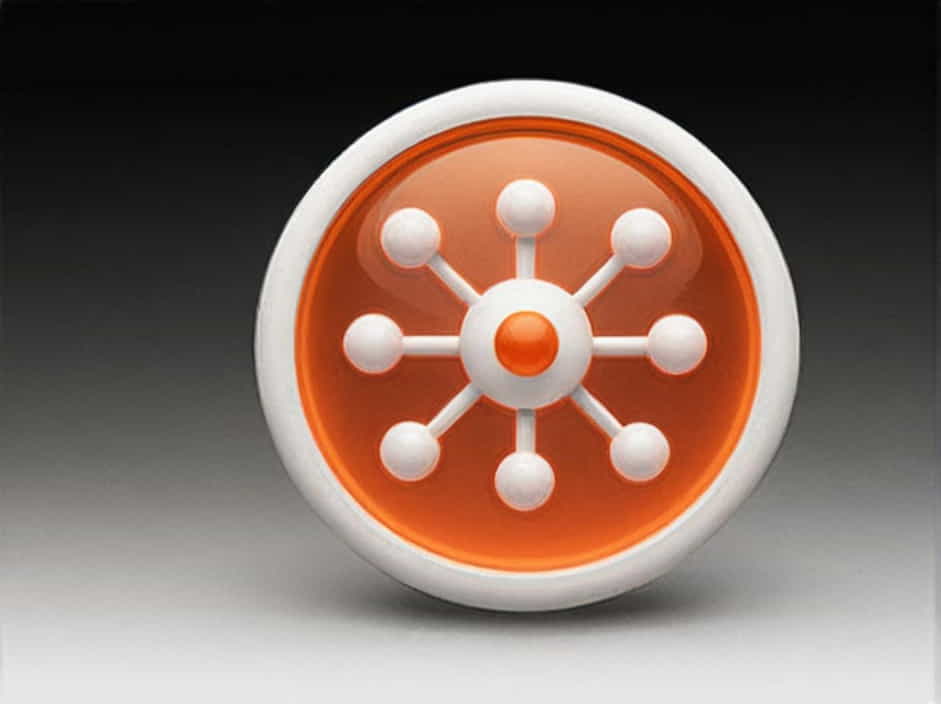Cells are the basic units of life, and they require energy to carry out essential functions such as growth, repair, and reproduction. This energy comes from a crucial molecule known as adenosine triphosphate (ATP). Often referred to as the ‘energy currency’ of the cell, ATP plays a fundamental role in powering cellular activities. Without ATP, life as we know it would not be possible.
What Is ATP?
Adenosine triphosphate (ATP) is a nucleotide composed of three main components:
- Adenine (a nitrogenous base)
- Ribose (a five-carbon sugar)
- Three phosphate groups
The high-energy bonds between the phosphate groups store and release energy as needed. When a cell requires energy, ATP undergoes a chemical reaction that breaks one of these phosphate bonds, converting ATP into adenosine diphosphate (ADP) and releasing energy for cellular processes.
How ATP Powers Cellular Work
Cells rely on ATP to perform three major types of work:
1. Chemical Work
Cells carry out thousands of chemical reactions to sustain life. These reactions often require energy input, which ATP provides. Examples include:
- Protein synthesis ATP powers ribosomes to assemble amino acids into proteins.
- DNA replication ATP is used to form the bonds that hold nucleotides together.
- Metabolism ATP drives enzymatic reactions needed for breaking down and synthesizing molecules.
2. Mechanical Work
Cells perform mechanical tasks that require energy, such as:
- Muscle contraction ATP fuels interactions between actin and myosin filaments, allowing muscles to contract.
- Organelle movement ATP helps transport vesicles, mitochondria, and other cellular structures.
- Cell division ATP provides energy for mitosis and cytokinesis.
3. Transport Work
ATP is essential for moving molecules across cell membranes. This includes:
- Active transport ATP powers protein pumps to move substances against their concentration gradients (e.g., the sodium-potassium pump).
- Endocytosis and exocytosis ATP fuels the processes by which cells engulf or expel large molecules.
Where Does ATP Come From?
Cells generate ATP through different pathways, depending on their environment and energy needs. The primary methods include:
1. Cellular Respiration
Most cells produce ATP through cellular respiration, a process that takes place in the mitochondria. This process consists of three main stages:
a. Glycolysis
- Occurs in the cytoplasm.
- Breaks down glucose into pyruvate.
- Generates 2 ATP molecules.
b. Krebs Cycle (Citric Acid Cycle)
- Takes place in the mitochondria.
- Produces electron carriers (NADH and FADH2) that help generate ATP.
c. Electron Transport Chain (ETC)
- Located in the inner mitochondrial membrane.
- Uses oxygen to produce up to 34 ATP molecules per glucose molecule.
2. Fermentation
When oxygen is unavailable, cells can produce ATP through fermentation. This process generates less ATP but allows cells to survive in anaerobic conditions. Examples include:
- Lactic acid fermentation (occurs in muscle cells during intense exercise).
- Alcohol fermentation (used by yeast and some bacteria).
3. Photosynthesis (in Plants and Some Bacteria)
Plants and some bacteria produce ATP through photosynthesis. Light energy is captured by chlorophyll and converted into chemical energy, which powers the synthesis of ATP.
ATP and Energy Efficiency
ATP is constantly being used and regenerated in a cycle known as the ATP-ADP cycle. Since cells do not store large amounts of ATP, they must produce it continuously to meet energy demands. On average, a human body recycles its entire weight in ATP daily.
Why ATP Is Essential for Life
Without ATP, cells would not be able to:
- Power essential biochemical reactions.
- Maintain cellular homeostasis.
- Repair damaged components.
- Communicate through signaling pathways.
- Support growth and reproduction.
ATP is a universal energy carrier found in all living organisms, from bacteria to humans. Its ability to store and release energy efficiently makes it the perfect molecule for sustaining life.
ATP is the lifeblood of cellular function. It provides the energy needed for chemical, mechanical, and transport work, ensuring that cells can carry out their essential tasks. Whether through cellular respiration, fermentation, or photosynthesis, ATP production is a continuous process that keeps life moving. Understanding ATPs role helps us appreciate how our bodies function and the importance of energy balance in sustaining life.
